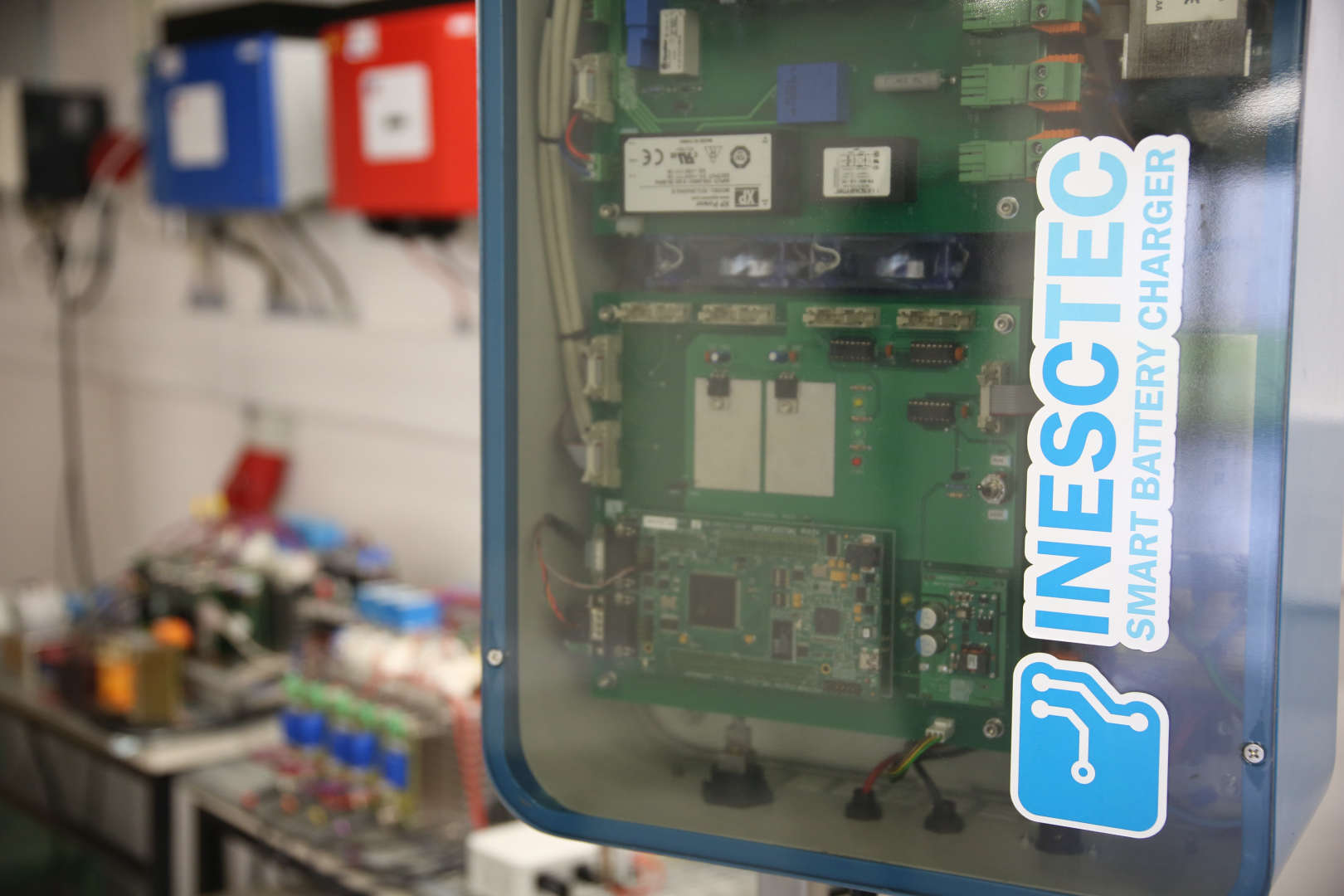Sobre
Clara Gouveia é mestre e doutorada em Engenharia Eletrotécnica e de Computadores pela Faculdade de Engenharia da Universidade do Porto, em 2008 e 2015 respetivamente. É membro do Centro de Sistemas de Energia do INESC TEC - Instituto de Engenharia de Sistemas e Computadores, Tecnologia e Ciência, onde desempenha funções de Investigadora Sénior. É atualmente responsável de área EMS/DMS e automação de redes, tendo a seu cargo a definição de linhas estratégicas de atuação e angariação de financiamento a nível nacional e europeu. Integra ainda o Conselho Científico do INESC TEC. Desde 2015 que desempenha funções de gestão de projetos de investigação e consultoria envolvendo empresas relevantes no sector nacional e internacional. O seu trabalho é dedicado à especificação, desenvolvimento e validação de soluções de gestão de energia tendo em conta a integração de recursos distribuídos (armazenamento de energia, produção dispersa, carga controlável e veículos elétricos) assim como soluções para a digitalização da rede de distribuição. Conta ainda com publicações em revistas científicas internacionais, livros e atas de conferências internacionais.





